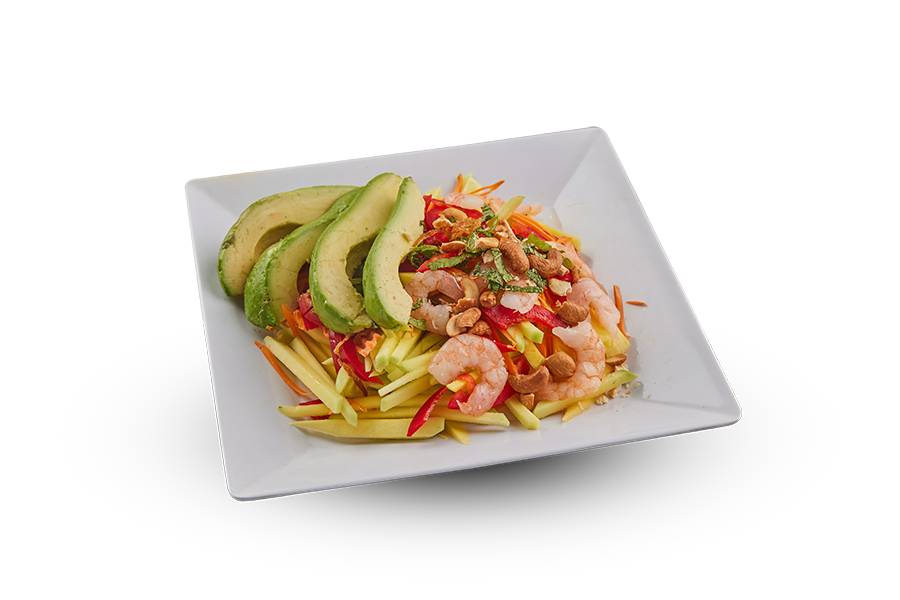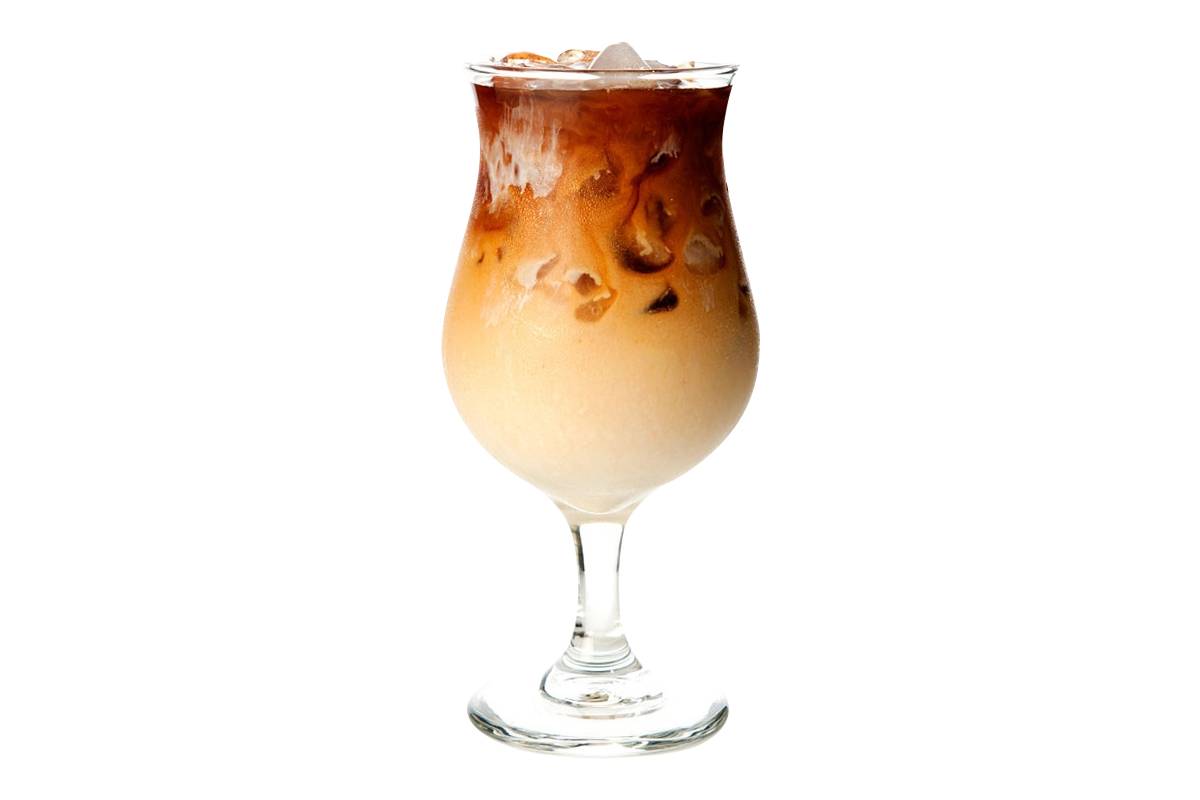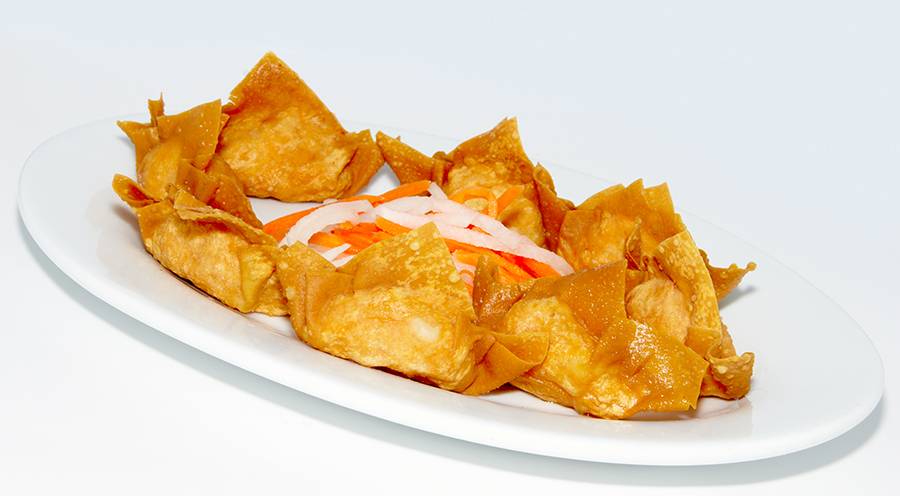What is Congee?
Congee is a type of rice porridge that has been enjoyed for centuries in many Asian countries, especially China, Vietnam, Thailand, and Japan. In Chinese cuisine, it's called "zhou" (粥), while in Vietnam, it’s known as "cháo." The dish can be served plain or with a variety of toppings, including meats, seafood, vegetables, and herbs. Its soft, creamy texture makes it easy to digest, which is why congee is often served to those feeling under the weather or to babies as one of their first solid foods.
In terms of texture, congee can range from thick and creamy to more soupy, depending on personal preference and regional variations. What makes beef congee stand out is the tender beef slices that are either cooked within the porridge or added on top as a garnish, offering a delightful contrast in both flavor and texture.
Ingredients for Beef Congee
To make beef congee, you will need a few basic ingredients that are likely already in your pantry, along with fresh beef. Here’s a breakdown of what you’ll need for a hearty pot of beef congee:
Base Ingredients:
- Rice (1 cup): Traditionally, long-grain white rice is used, but you can also use jasmine rice or even brown rice for a healthier version.
- Water or Chicken Broth (8-10 cups): The liquid is essential to get that creamy porridge texture. Chicken broth adds a rich depth of flavor, but water is perfectly fine for a more neutral taste.
- Beef (200-250 grams): Thinly sliced beef is ideal for congee. Flank steak, sirloin, or tenderloin works best. You can also marinate the beef beforehand to enhance its flavor.
- Ginger (2-3 slices): Fresh ginger gives the congee a warm, aromatic essence and also helps with digestion.
Seasoning:
- Salt (to taste): Add according to your preference.
- Pepper (to taste): Freshly ground black or white pepper is a great way to bring out the flavor.
- Soy Sauce or Fish Sauce (optional): These add an umami punch to your congee.
- Sesame Oil (a drizzle): A small amount of sesame oil adds a nutty aroma to the dish.
Garnishes and Toppings:
- Green Onions (1-2 stalks): Thinly sliced green onions add freshness and a mild sharpness.
- Cilantro (a handful): Optional, but great for adding a bright flavor.
- Fried Shallots or Garlic (a tablespoon or two): For crunch and a burst of savory flavor.
- Chili Oil or Sriracha (optional): If you like a bit of heat, these are fantastic additions.
- Lime Wedges: Some people enjoy squeezing fresh lime over their congee for a hint of acidity.

Step-by-Step Instructions for Making Beef Congee
Step 1: Prepare the Rice
Start by rinsing the rice under cold water. This helps remove excess starch and prevents the congee from becoming too thick and sticky. After rinsing, soak the rice in water for about 15 minutes. Soaking helps soften the grains, which is important for achieving that creamy porridge texture.
Step 2: Cook the Rice
In a large pot or a rice cooker, add the soaked rice and your liquid (water or chicken broth). Bring it to a boil over medium heat, then reduce the heat to low and let it simmer. Stir the rice occasionally to prevent sticking. This step may take anywhere from 45 minutes to an hour, depending on how creamy you want your congee to be. For a smoother texture, you can use an immersion blender to blend the rice partially.
Step 3: Add the Ginger
Once the rice has broken down and the congee has thickened to your liking, it’s time to add the ginger slices. Ginger not only adds a nice warmth to the dish but also helps cut through the richness of the beef. Let the ginger cook in the congee for about 10 minutes to fully release its flavor.
Step 4: Prepare the Beef
While the congee is simmering, prepare the beef. Slice the beef thinly against the grain to ensure tenderness. If you like, you can marinate the beef for 10-15 minutes with a bit of soy sauce, sesame oil, and a pinch of pepper to enhance the flavor.
Step 5: Add the Beef to the Congee
Once the congee is nearly done, add the sliced beef directly into the pot. Stir gently so the beef cooks evenly without breaking apart. The thin slices should cook quickly, taking about 3-5 minutes to become tender and flavorful. Be careful not to overcook the beef, as it can become tough.
Step 6: Season the Congee
Now it’s time to season your congee. Add salt and pepper to taste. You can also add a splash of soy sauce or fish sauce for an extra layer of umami flavor. If the congee is too thick for your liking, feel free to add more water or broth to adjust the consistency.
Step 7: Garnish and Serve
Once your beef congee is ready, ladle it into bowls and garnish with your choice of toppings. Green onions, cilantro, fried shallots, and a drizzle of sesame oil are popular choices. If you enjoy some spice, add a bit of chili oil or Sriracha. Serve with lime wedges on the side for a fresh, tangy contrast.
Tips and Tricks for Perfect Beef Congee
While beef congee is relatively simple to make, a few tips can help elevate your dish:
- Use a Rice Cooker or Instant Pot: If you have a rice cooker or an Instant Pot, these appliances can save you time and effort. Simply set the cooker to the porridge setting and let it do the work for you. The Instant Pot, in particular, can reduce the cooking time significantly.
- Leftover Rice: If you have leftover cooked rice, you can use it to make congee in less time. Simply add the cooked rice to boiling water or broth and simmer until it breaks down into a porridge-like consistency.
- Adjust the Consistency: Congee can vary in thickness depending on your preference. If you like a thicker porridge, use less liquid. For a more soupy consistency, add extra water or broth. Remember that the congee will thicken as it cools, so you may want to adjust the consistency accordingly.
- Marinate the Beef: For added flavor, marinate the beef with soy sauce, garlic, and a touch of sugar before adding it to the congee. This will give the beef a richer taste that complements the mild flavor of the rice porridge.
- Add Other Toppings: Don’t hesitate to get creative with your toppings. Some popular additions include century eggs, salted duck eggs, pickled vegetables, or preserved tofu. These toppings add interesting textures and flavors to the dish.
- Make It a One-Pot Meal: If you want to bulk up your beef congee, you can add other ingredients like mushrooms, spinach, or tofu. These additions make the dish heartier and more nutritious.
The Health Benefits of Beef Congee
Not only is beef congee a delicious and comforting meal, but it’s also packed with health benefits. The simplicity of the ingredients means that it’s easy on the digestive system, making it ideal for those recovering from illness or experiencing digestive issues.
- Rich in Protein: Beef is an excellent source of high-quality protein, which is essential for muscle repair and overall health. By adding beef to your congee, you’re ensuring a balanced meal with plenty of protein.
- Good for Hydration: Congee is made mostly of water or broth, making it a hydrating dish. This is particularly beneficial if you’re feeling dehydrated or under the weather.
- Easy to Digest: The soft texture of congee is easy on the stomach, making it a great option for people with digestive sensitivities or those recovering from illness.
- Customizable Nutrients: Depending on the toppings you choose, you can easily customize your beef congee to add more vitamins and minerals. Adding vegetables, eggs, or even seafood can boost the nutritional value of the dish.
Conclusion
Beef congee is more than just a meal – it's a comforting, nourishing dish that has been cherished for generations. Whether you’re cooking it for a loved one or yourself, the process of making beef congee is straightforward and rewarding. With just a few simple ingredients and some patience, you can create a delicious and wholesome bowl of congee that’s perfect for any time of day.
Here are some delicious food and drinks to try when ordering from PHO restaurants in Toronto:
VermicelIi Noodle in Tomato Soup (Bún Riêu)
Marinated Fish with Steamed Rice (Cá Kho Tộ)
Sweet and Sour Soup with Steamed Rice (Canh Chua)
Udon Noodle Soup with Crab Meat (Bánh Canh Cua)
Udon Noodle Soup with Shrimp (Bánh Canh Tôm)






















